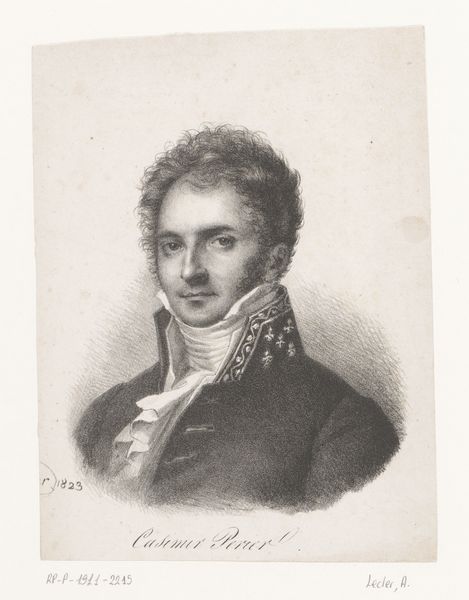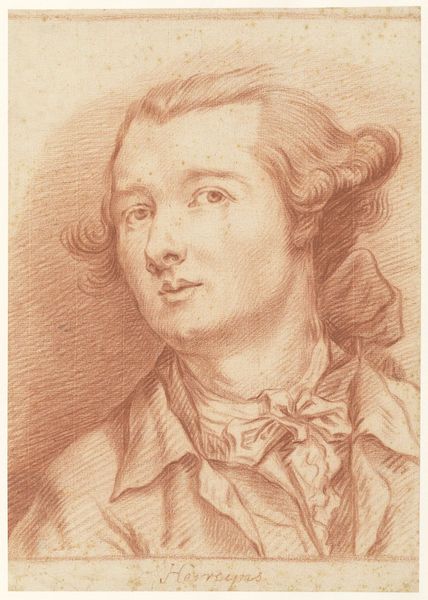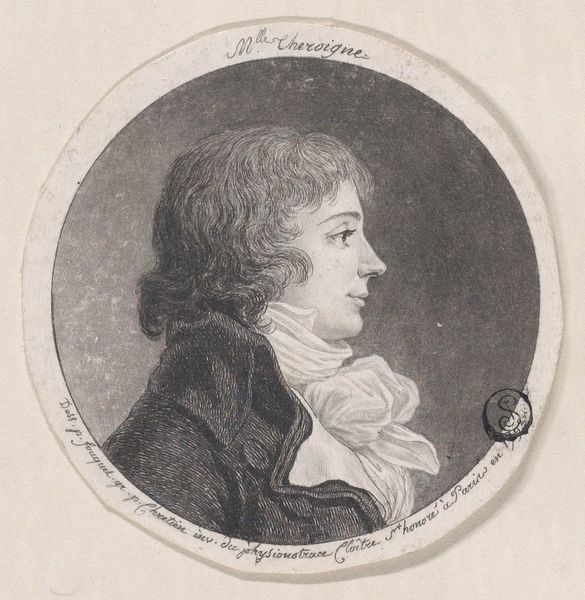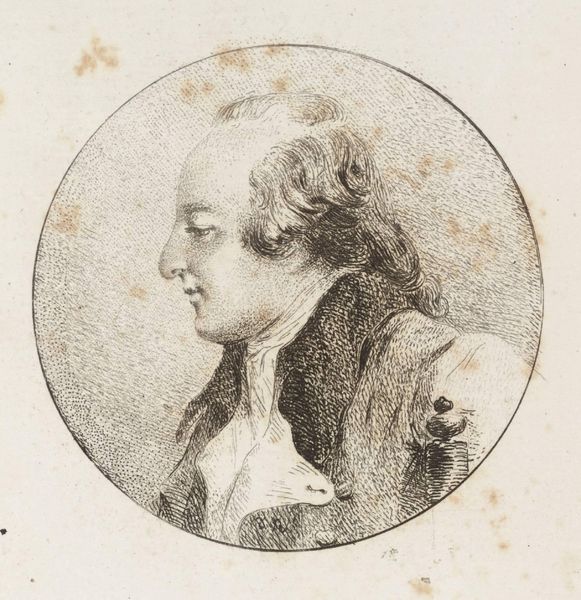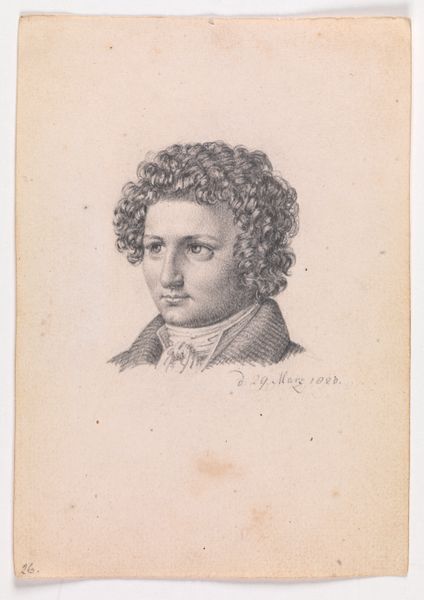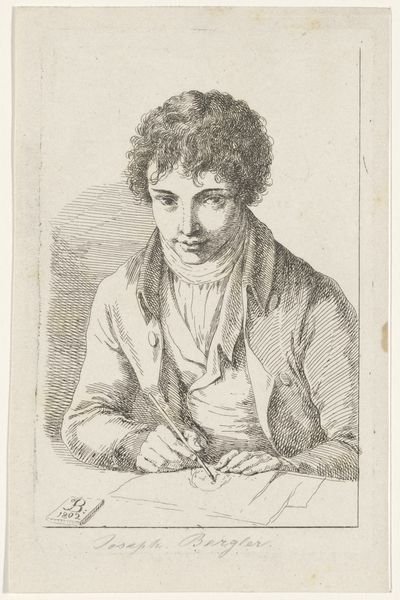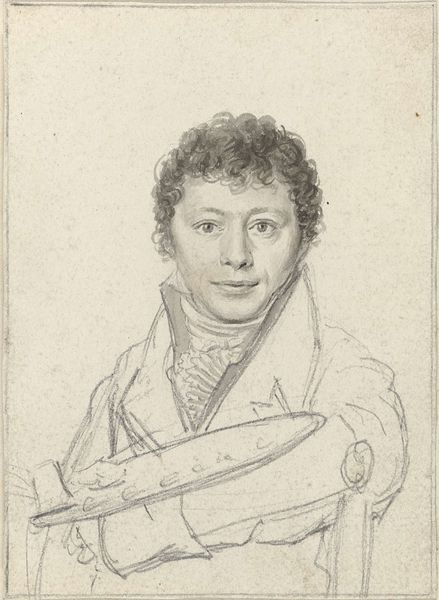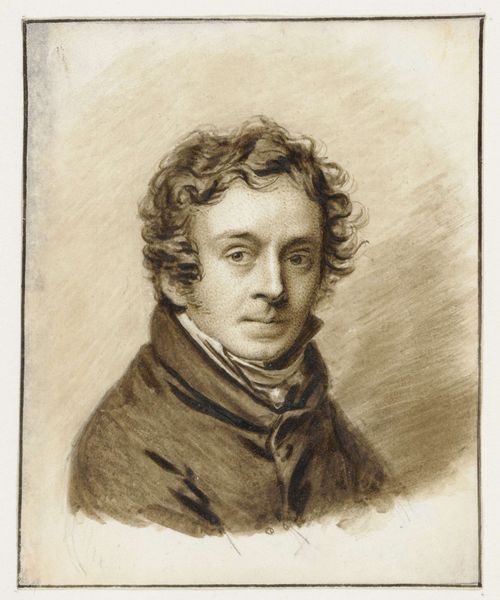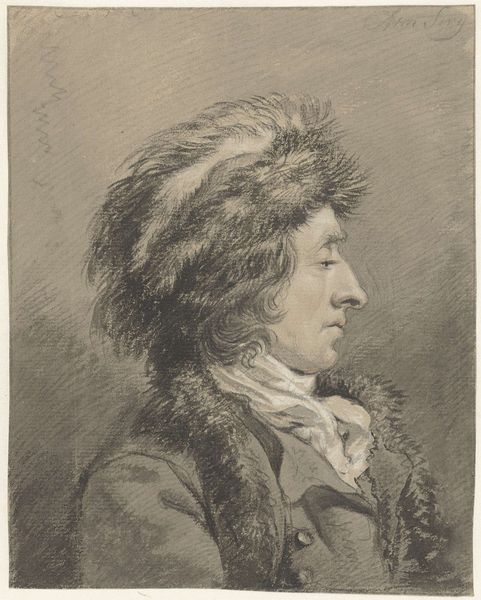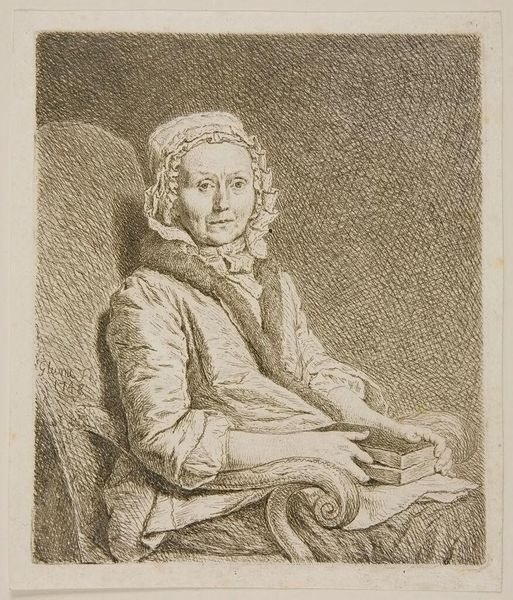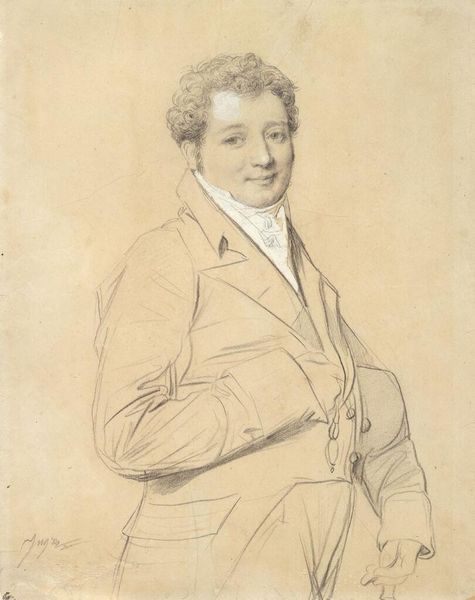
#
facial expression drawing
#
portrait image
#
portrait reference
#
portrait head and shoulder
#
animal drawing portrait
#
portrait drawing
#
facial portrait
#
portrait art
#
fine art portrait
#
digital portrait
Dimensions: height 178 mm, width 102 mm
Copyright: Rijks Museum: Open Domain
Jean Augustin Daiwaille made this portrait in January 1822. The delicate use of graphite and pastel gives it an intimate feel. Daiwaille was working in a period when portraiture served a crucial social function. It wasn't just about appearances; it was about signalling status and character. In the Netherlands, after the Napoleonic era, there was a strong desire to re-establish a sense of national identity and moral order. Portraiture played a role in that. The Rijksmuseum itself was founded in this period, aiming to showcase Dutch art and history, shaping a shared cultural narrative. Understanding this portrait means looking into the visual codes of the time. What does the sitter's clothing suggest about his social class? How does the artist use light and shadow to convey his character? By looking at fashion plates, social commentaries, and museum archives from the period, we can uncover the meanings embedded in this image and appreciate its role in the society that produced it.
Comments
No comments
Be the first to comment and join the conversation on the ultimate creative platform.
